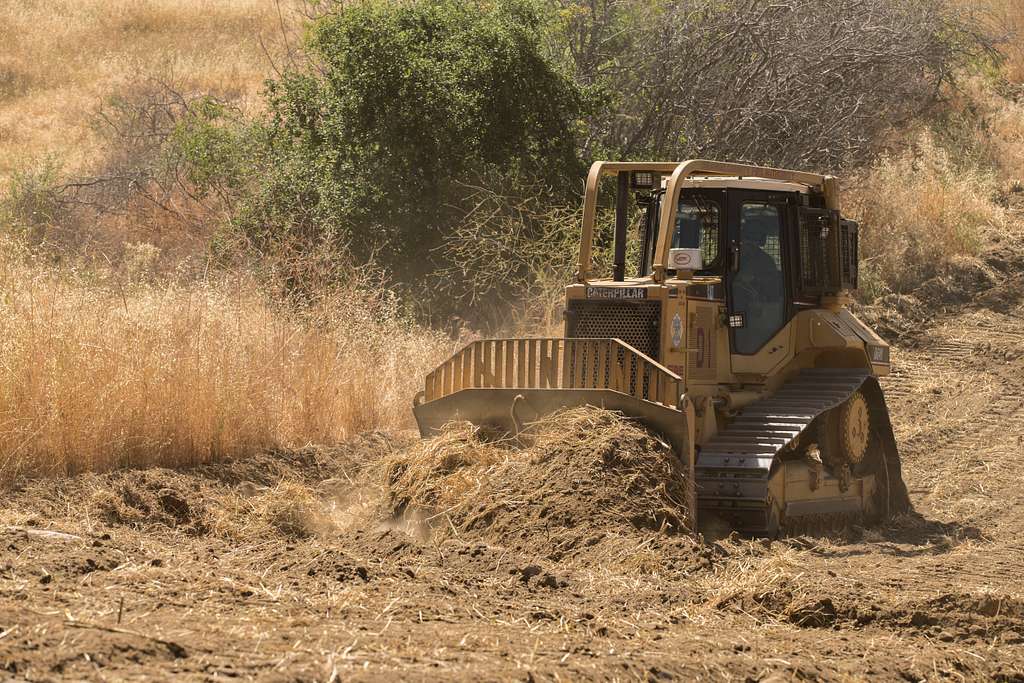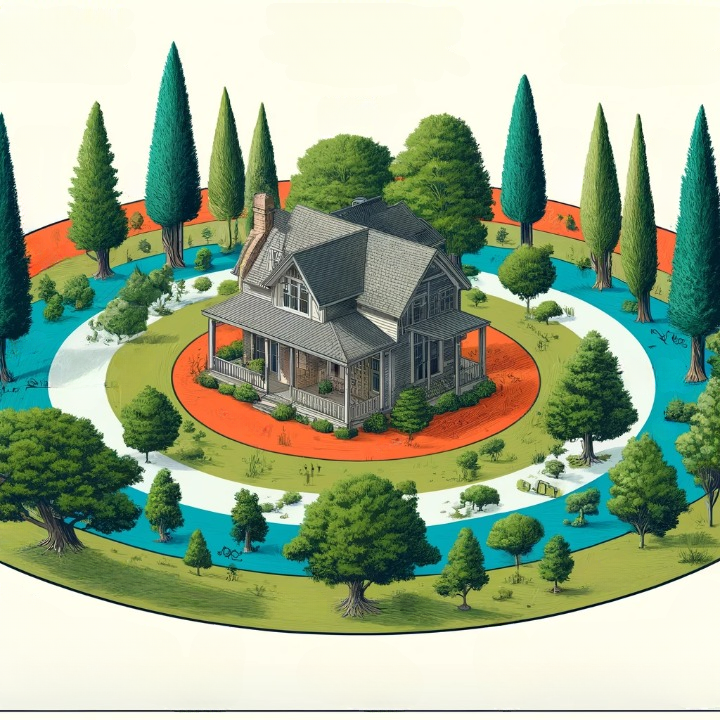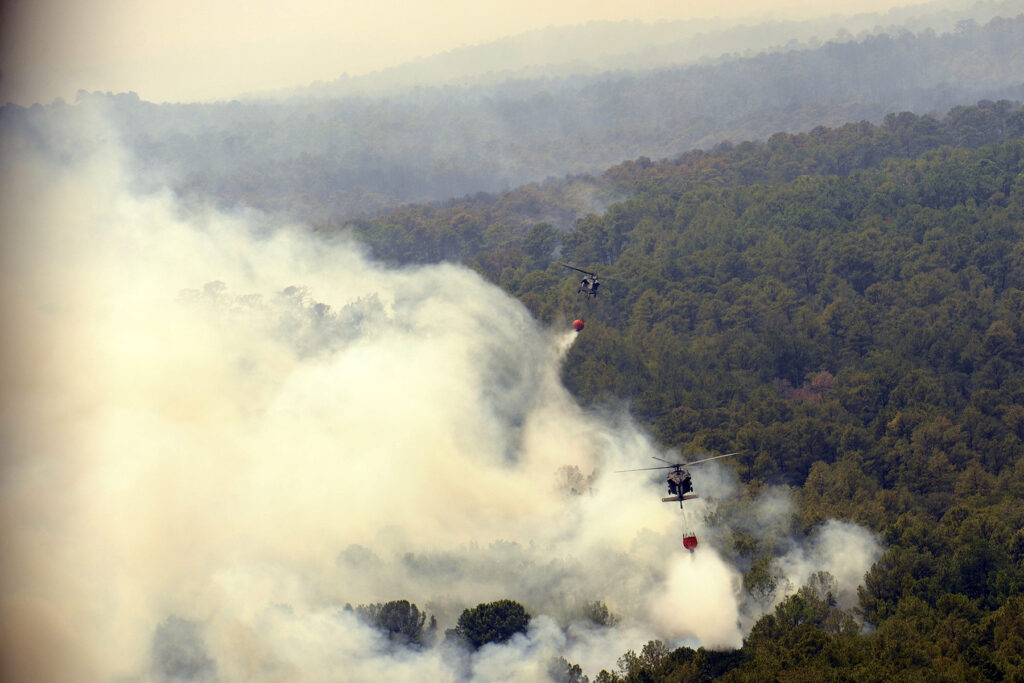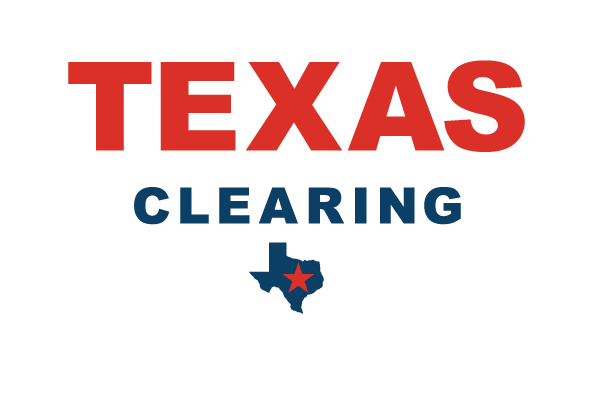Protect Your Land and Home from Wildfires in the Greater Austin Area
Research has shown that embers and small flames are the primary culprits in most home ignitions during wildfires. These embers, airborne burning pieces of wood and/or vegetation, can travel over a mile through the wind, igniting spot fires that can threaten homes and entire communities. In the wildfire-prone regions of Central Texas and the Hill Country, preparing your property is essential.
Assessing Your Risk
Wildfire risk is an undeniable part of life in Central Texas. The landscape here, though beautiful, carries the latent threat of wildfires, with some areas more susceptible than others. Knowing this risk is pivotal. For instance, areas with dense cedar trees and fir trees tend to have a higher risk due to the volatile oils they contain. Listen to your local radio station for risk advisories and consider the proximity to known wildfire zones.
Factors to consider when assessing your risk
Assessing your wildfire risk isn’t just about acknowledging the possibility; it’s about scrutinizing your surroundings. Look at natural firebreaks like roads or rivers, and note the condition of your local ecosystem – are there charred trees indicating past fires? Check for continuous fuel sources, like dead brush or uncleared biomass material, that can feed a fire. Being informed about factors like these is critical to understand your specific risk.
Resources for obtaining information on wildfire risks and history
To obtain accurate information on wildfire risks, start with the National Interagency Fire Center or your local FEMA office. They provide data on active fires and historical patterns. Engage with community meetings where emergency officials may provide insights on preparing for large-scale emergencies. Additionally, wildfire articles and online resources can offer valuable information regarding the local fire history and predictions.
Creating a Defensible Space: The Key to Home Survival
Firewise USA® is a program that provides a framework to help neighbors get organized, find direction, and take action to increase the ignition resistance of their homes and community. Central Texas, including the Hill Country and Greater Austin Area, is particularly susceptible to wildfires, making Firewise practices essential. By adopting these methods, residents can significantly enhance their property’s resilience against wildfires.
Establishing a Firewise® defensible space is critical to improving your home’s chances of surviving a wildfire. This space acts as a buffer between your home or outbuildings and the surrounding trees, grass, or shrubs, slowing the spread of wildfires and potentially making a significant difference in whether firefighters can save your home.
Get a free quote for fireproofing your property.

Fire-Resistant Measures
To protect your property, start by clearing flammable materials and debris from around your home. This includes everything from lawn furniture to garbage cans and other combustible materials that could catch fire
Creating defensible space is essential. Establish fuel breaks such as mowed lines or wider paths that act as barriers against spreading flames. Using fire-resistant materials in both home construction and landscaping can prevent your home from igniting.
Understanding radiant heat and its effects can help you position structures and combustible materials at a safer distance. It’s also wise to consider installing above-ground fuel tanks that are less likely to become heat pockets in a fire.
For homes that rely on power lines, ensure that your property has adequate clearance around these potential ignition sources. And in the event of unplanned fires, having solar power can provide necessary energy when power companies may shut down lines as a precaution.
Home Ignition Zones

- Immediate Zone (0-5 ft):
- Remove all vegetation and flammable material close to your home.
- Keep roofs and gutters clean to prevent accumulation of flammable debris.
- Relocate flammable items like mulch, firewood piles, and garbage cans away from exterior walls.
- Intermediate Zone (5-30 ft):
- Space trees a minimum of 18 feet apart to prevent fire from jumping between canopies.
- Prune lower tree branches to reduce the chance of ground fires climbing into the crowns.
- Establish fuel breaks with stone walkways and metal or stone patios to help stop fire spread.
- Extended Zone (30-100 ft):
- Increase spacing between trees, keeping them 12 feet apart in the 30-60 ft zone and 6 feet apart in the 60-100 ft zone.
- Regularly clean up fallen leaves, twigs, and other debris to reduce fuel load.
- Remove smaller trees or shrubs from beneath larger trees to prevent fire from climbing.
Get a free quote for fireproofing your property.
Home Ignition Zone Checklist
Maintaining the areas around your home is key to reducing its vulnerability to wildfires
- Roof and Gutters:
- Remove dead leaves, debris, and pine needles that could catch embers.
- Replace or repair loose or missing roof tiles/shingles to prevent ember penetration.
- Install 1/8 inch metal mesh screening over vents to decrease ember entry.
- Windows and Deck Areas:
- Repair or replace damaged window screens and broken windows to stop ember intrusion.
- Use wire mesh to screen in areas below patios and decks, preventing accumulation of combustible materials.
- Store flammable materials like lawn furniture and tools in enclosed spaces away from the home.
Creating an Emergency Plan

Developing a strategy for when a wildfire strikes could be lifesaving. Your plan should outline evacuation routes, ensure you have a system to receive emergency alerts, and establish a primary evacuation route. Phone calls to local authorities can verify the best practices for escaping a potential blaze.
Identifying multiple escape routes is just as crucial. The primary route might be blocked by fire or emergency vehicles. Therefore, planning alternatives, ideally paved roads rather than dirt roads that could be impassable, is vital.
A predetermined safe location away from the risk of wildfires where family can regroup – perhaps a friend’s home in a city suburb or designated emergency buildings – is necessary. This should be a place all family members can reach independently if separated.
For families, establishing a meeting location in case of separation is essential. This could be a local landmark or a relative’s house in a nearby town. Discussing this with children and practicing the route can help ensure everyone knows what to do when an emergency strikes.
Don’t forget pets in your evacuation plans. Their safety during an evacuation is paramount. Have a plan for pets, which includes carriers, food, and ensuring your evacuation location is pet-friendly.
Assembling an Emergency Supply Kit
In the face of a natural disaster, an emergency supply kit can mean the difference between being stranded and being prepared. Your kit should include essentials such as nonperishable food, water, and emergency rations that can last several days.
Assembling an Emergency Supply Kit
Gathering necessary documents such as birth certificates, credit cards, and other personal documents is vital. Store these in a fireproof document safe that is easily accessible in an emergency.
Medical needs shouldn’t be overlooked. A comprehensive first aid kit, any necessary medications, and emergency contacts for healthcare providers should be included. For those with respiratory issues like asthma, a portable air cleaner and an ample supply of sturdy shoes and masks can prevent smoke inhalation.
Backup power sources are necessary, especially if you rely on electric medical devices. Portable, rechargeable batteries with a long shelf life should be included, along with a backup power plan like solar power, which can be a reliable power source during an extended outage.
Additional Safety Tips
●Materials and Building Design: Constructing homes with fire-resistant materials for roofing and siding is crucial. Install metal mesh screens over vents to prevent ember penetration.
●Regular Maintenance: Keep the land around your home well-maintained by mowing grass, trimming trees, and removing dead brush regularly. This reduces the available fuel for wildfires.
●Water Sources: Keep an accessible outdoor water source ready, with hoses that can reach any area of your property.
●Community Involvement: Engage with local community efforts like the Community Wildfire Protection Plan (CWPP) and collaborate with local fire departments and forestry services to enhance area-wide wildfire preparedness.
●Stay Informed: Subscribe to cell phone alerts for real-time notifications. Stay tuned to local radio stations or use an emergency radio for updates during a wildfire evacuation. These stations often provide the most current information on wildfire smoke range and emergency vehicle access.
Ready to Enhance Your Property’s Fire Defense?
Texas Clearing offers professional firebreak installation and vegetation management services throughout the Greater Austin Area, including the Hill Country and Central Texas. Our team utilizes advanced techniques and equipment to create effective firebreaks that not only protect your property but also blend naturally with the local landscape.
For a free consultation and more information on how we can assist you in preparing for wildfires, reach out to Texas Clearing. We are committed to providing residents of Central Texas with the necessary services to improve safety and peace of mind in wildfire-prone areas.
GET A FREE CONSULTATION and begin your journey toward a safer, more resilient property.

